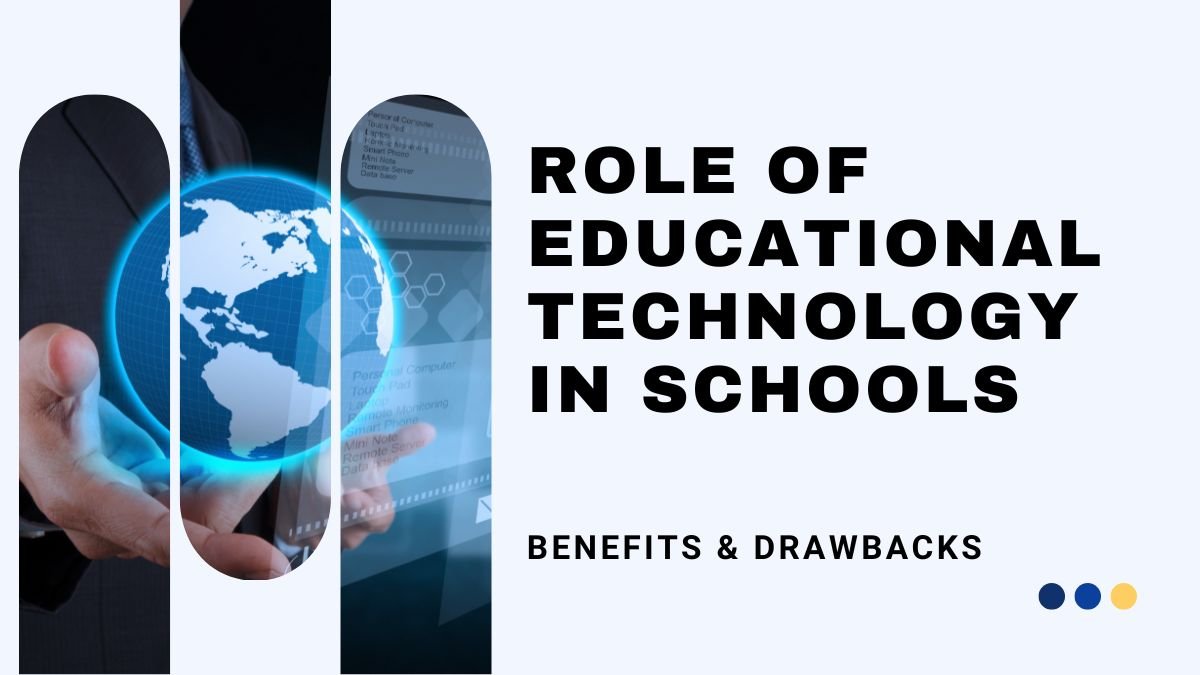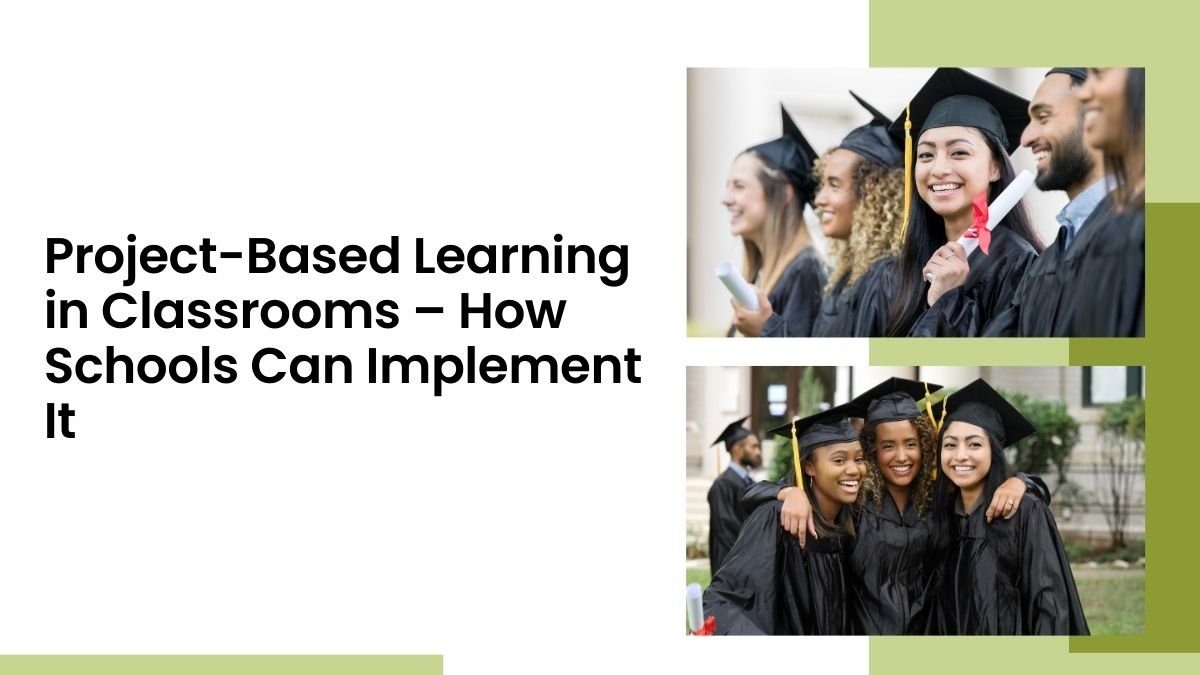Introduction
The modern day education is not confined within blackboards and books and is no more an impersonal knowledge transfer between student and teacher. The emerging trends have made the entire teaching and learning process dynamic, personalised and resourceful; future-oriented.
If used accurately, EdTech can make learning entertaining, active, and participatory. However, since EdTech is new in many countries, it has its challenges when implemented without planning and thinking.
Now let’s look more in-depth into how EdTech in classroom teaching works to benefit, challenge, and what B.Ed. students need to bear in mind.
Benefits of EdTech
(a) Makes Learning More Interesting
Smartboards, multimedia, videos, interactive quizzes, and game-based learning have made monotonous classrooms interesting. Now, students don’t just listen, but actively participate.
Examples:
- Demonstrating experiments in a science classroom using a virtual lab.
- Enhancing events with animations and videos when teaching history.
(b) Personalized and Self-Paced Learning
Every student has a different learning pace and style. EdTech platforms offer tailored content to their needs.
Examples:
- Providing advanced practice for fast-learning students.
- Providing easy examples and additional explanations for slower-learning students.
(c) Easy Access to Resources
Education is no longer limited to the school library. Through EdTech, students can access global resources.
Examples:
- Reading rare history books from a digital library.
- Doing chemistry experiments in a virtual lab.
(d) Promoting Collaboration and Teamwork
Digital tools encourage students to work in groups, share ideas, and collaboratively find solutions to problems.
Examples:
- Creating group presentations on Google Docs.
- Working collaboratively on Microsoft Teams.
(e) Future Preparation
Learners are inducted into the use of 21st-century technical skills by EdTech. They are prepared for digital life and professional environments.
Examples: Data analysis, programming, online collaboration, and digital presentation.
(f) Flexibility and Accessibility
Mobile applications and hybrid platforms allow students to learn anywhere at any time. This removes many barriers to education.
(g) Support for Students with Special Needs
EdTech also provides assistive devices or apps for disabled or special needs students, such as screen readers, text-to-speech, and customized content. It promotes inclusivity.
Challenges of EdTech
(a) Digital Divide
Not all students possess a smartphone, computer, or internet. This creates significant barriers for rural and economically less privileged students.
(b) Distract and Depend
Excessive technology usage may distract students and reduce deep thinking and personal communication.
(c) Cost and Infrastructure
Schools require heavy investments for equipment, software, and internet facilities to implement EdTech effectively.
(d) Lack of Teacher Training
Having knowledge of technology alone is not enough. Teachers need training to use it correctly to enhance teaching quality.
(e) Data Privacy
EdTech platforms collect student data, increasing privacy and security risks.
(f) Contradictory Findings
Some research reveals positive results using EdTech, while others show little difference. Effectiveness depends on how much and how well it is used.
(g) Outdated Content
Technology evolves quickly. Online content often becomes outdated or irrelevant.
3. Practical Tips for B.Ed. Students
- Consider technology as more than just a tool: Use it to deepen education, not just to decorate it.
- Access all students: Provide offline resources for those without internet access or devices.
- Balanced approach: Blend technology with personal interaction and practice.
- Train continuously: Stay updated with emerging technologies and platforms.
- Caution on privacy: Protect student data and personal records responsibly.
Conclusion
EdTech has completely transformed classroom teaching. Education is now more interactive, personalized, and futuristic. Students learn independently and actively, while teachers can manage classrooms and conduct collaborative activities effectively. But it also comes with challenges—digital divide, cost, inadequate teacher training, and data privacy.
For aspiring teachers, especially B.Ed. students, the lesson is clear: Even though EdTech must be included in teaching-learning processes, it should be done in a balanced and pedagogical manner. This will nurture future effective teachers in a digitally competent and inclusive education system.








